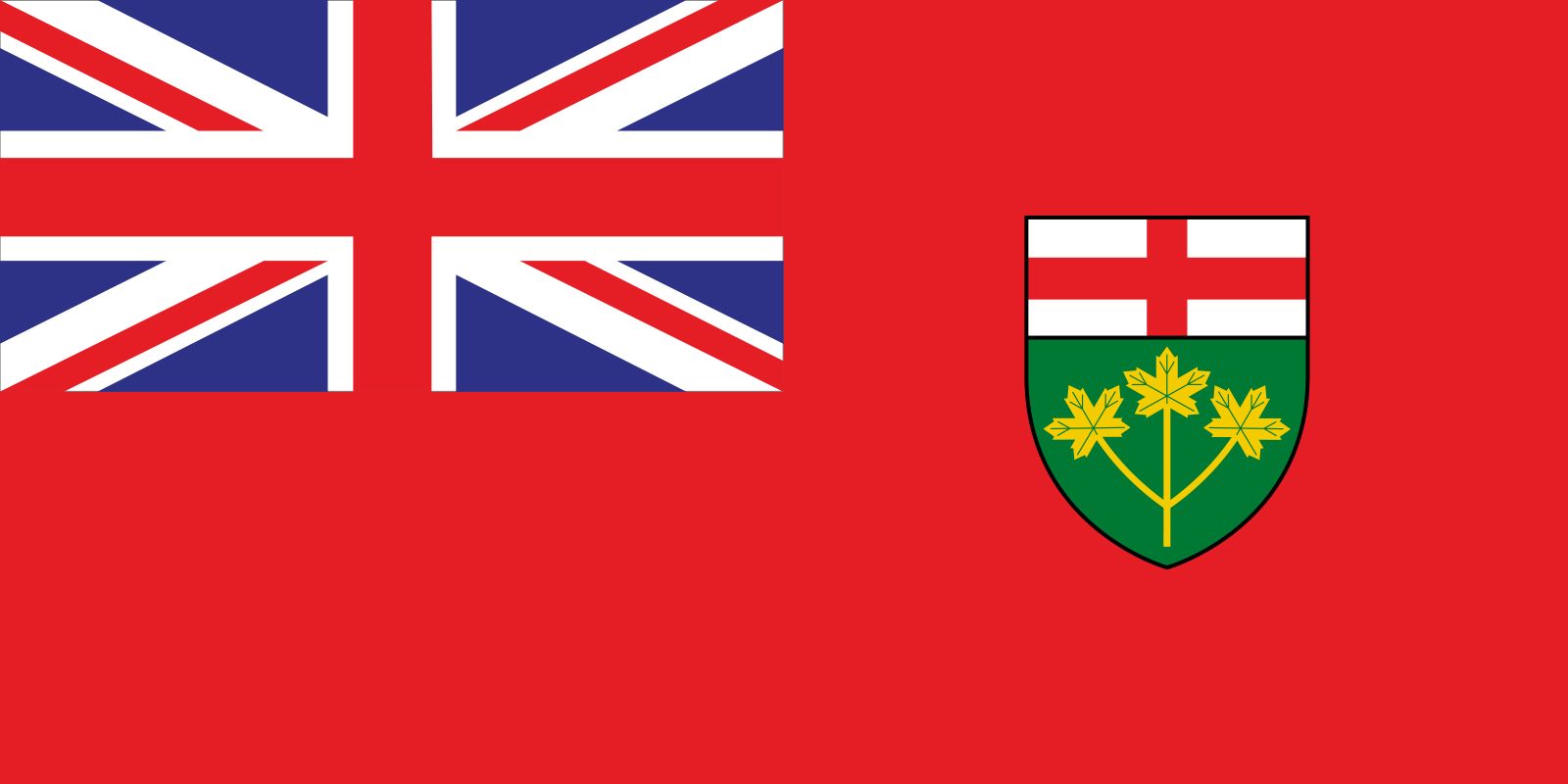
Ontario is the leading manufacturing province in Canada and employs roughly half of the country’s manufacturing workers while generating about half of the country’s total value of production. Historically, this preeminence derived from the milling, farm implement, furniture, and textile industries of the 19th century. Today the domestic steel industry, which was encouraged by the Canadian protective tariff of 1879, is centred at Hamilton and Sault Ste. Marie; many U.S. branch plants are located in the province as well. The automobile industry, significantly aided by the Canada–United States Automotive Agreement of 1965, is also of central importance. Other major industries include textiles, processed foods, industrial machinery, electrical goods, farm implements, chemicals, rubber and synthetics, aircraft, and furniture. In the late 20th century, a thriving information technology industry, dubbed “Silicon Valley North,” emerged in the province, notably in the Kitchener-Waterloo area and the Ottawa suburb of Kanata.
Services, labour, and taxation
Since the 1930s, Toronto has been Canada’s main financial-services centre. The Toronto Stock Exchange is easily the country’s largest. The city is the headquarters—in fact, if not in name—of Canada’s major banks, of many insurance companies and brokerage houses, and of large legal, accounting, and management-consulting firms. English-speaking Canada’s advertising industry is largely centred in Toronto as well. Since the 1990s a substantial branch of industry developed to provide services to U.S.-based companies that film motion pictures and television shows in Toronto and several smaller towns. A newcomer to the service sector is the once-illegal gambling industry, as large casinos in places such as Niagara Falls, Orillia, and Windsor, as well as smaller operations with electronic gambling terminals, seek to attract American and Canadian gamblers. Ottawa and Toronto are the main centres for public services.
Unionization is high in the forestry, mining, manufacturing, construction, transportation, and public-services industries, but unions are largely absent from private services and farming. Labour relations are governed by the provincial Labour Relations Act and supervised by the Ontario Labour Relations Board. Ontario typically has had a higher labour force participation rate than the national average. The rate of Ontarian women’s participation in the labour force has been rising since the 1960s and is higher than the Canadian average as well. The provincial economy suffered from recessions in the early 1980s and ’90s, when manufacturing work was particularly hard-hit, but the jobless rate has been steadily declining since the mid-1990s.
From the end of World War II until the recession of the early 1980s, real wages rose steadily, and, after a short interruption, they continued upward until the recession of the early 1990s. Although they stagnated during much of that decade, they continued to exceed the national average for manufacturing and service workers. At the beginning of the 21st century, the gap between high- and low-income earners was widening throughout the province. In addition, although they seemed to be declining, discrepancies continued to exist between male and female wages. Legislation is in force against wage and job discrimination, with the Ontario Human Rights Commission acting as a watchdog.
Ontario levies a number of taxes. Personal income tax provides about one-fourth of the province’s revenues. It is followed in importance by the retail sales tax and the corporate income tax. Other smaller sources of revenue include health taxes and fuel taxes.
Transportation and telecommunications
Bulk cargoes, chiefly consisting of mining and forestry products and prairie grains, are moved to the United States or overseas by the Great Lakes–St. Lawrence waterway system. Seagoing carriers bring imports from abroad by the same route. Toronto’s port activity declined after the opening of the St. Lawrence Seaway.
The basic road pattern, laid out in the 1790s, is an east-west highway (commonly called the 401) from the Quebec border to Windsor and a north-south expressway from Toronto to Orillia and beyond. The Queen Elizabeth Way, opened in 1939 as the first divided expressway in Canada, runs from Toronto to the U.S. border at Buffalo. The Ontario section of the Trans-Canada Highway runs from Montreal through Ottawa across vast stretches of Ontario’s northland to the Manitoba border. Capital and maintenance costs on this and other Ontario highways are high because the province’s heavy snowfall and extreme temperature range make constant repairs necessary.
Ontario is crossed by two transcontinental railway lines and is bisected by one provincially owned north-south railroad with its northern terminus at Moosonee on James Bay. Although there has been a reduction in passenger mileage in Southern Ontario owing to lack of revenue, this is not the case within the area known as the Golden Horseshoe, where the government-owned mass transit system—the Greater Toronto Transit Authority, known as GO Transit—serves commuters. This system’s rail network is Canada’s most elaborate.
Toronto is also the focus for the province’s air traffic. Toronto Pearson International Airport, the country’s largest, is the main centre of operations for both domestic and international flights. Other important airports are located at Ottawa, London, Sault Ste. Marie, and Thunder Bay. Numerous local airports and landing strips serve both urban and remote communities.
Ontario’s telecommunications networks feature advanced broadcast, satellite, and fibre-optic technology. Carriers offer a full range of telecommunications services, including Internet and wireless services. Cellular telephone service is available throughout most of Southern Ontario.
